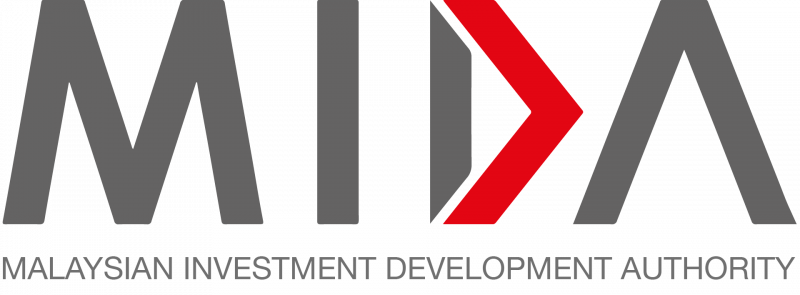Amazon Web Services (AWS) anticipates strong growth in its cloud services business, driven by the adoption of generative artificial intelligence (Gen-AI) that will further enhance the digital economy across the Asean region.
AWS Asean managing director Jeff Johnson highlighted that the company is focusing on three main areas to help create the digital future needed in the region — security, inclusivity, and sustainability.
“We are very bullish about how we can continue to help the digital economies of Asean to grow. What is interesting is that 61% of the 680 million Asean population is under the age of 35 years, and we think about the digital opportunity and awareness of that large percentage of the population.
“Asean continues to have the fastest growing internet population, adding 125,000 users daily to the internet and is predicted to be the fourth largest economy by 2030. In this context, we are excited about how we can help our customers, partners, and governments,” he told a media briefing on the sidelines of ‘AWS re: Invent 2024’ here on Monday.
Citing some notable investments in the region, Johnson shared that the company had recently announced another US$8.8 billion investment in Singapore up to the year 2028, following the initial US$8.5 billion investment for its first AWS region in Southeast Asia, which is estimated to have an incremental gross domestic product (GDP) impact of US$17.6 billion on Singapore’s economy.
“For Malaysia, we launched our region in Kuala Lumpur in August this year, which we are super excited about. That is an investment of US$6.2 billion with an estimated GDP impact of US$12.1 billion. We are in the midst of setting up our fourth region in Asean with the Bangkok region in Thailand, coming online early in 2025, representing a circa US$5 billion investment,” he said, adding that the company has also made a significant investment of US$5 billion in Jakarta, Indonesia.
AWS re: Invent 2024, being held on Dec 2-6, 2024 at multiple venues across Las Vegas, is a learning conference hosted by AWS for the global cloud computing community.
The in-person event features keynote announcements, training and certification opportunities, access to more than 2,000 technical sessions, and the expo. It is expected to gather around 60,000 attendees from across the globe.
Source: Bernama
AWS sees strong growth in Asean cloud services market
Content Type:
Duration:


